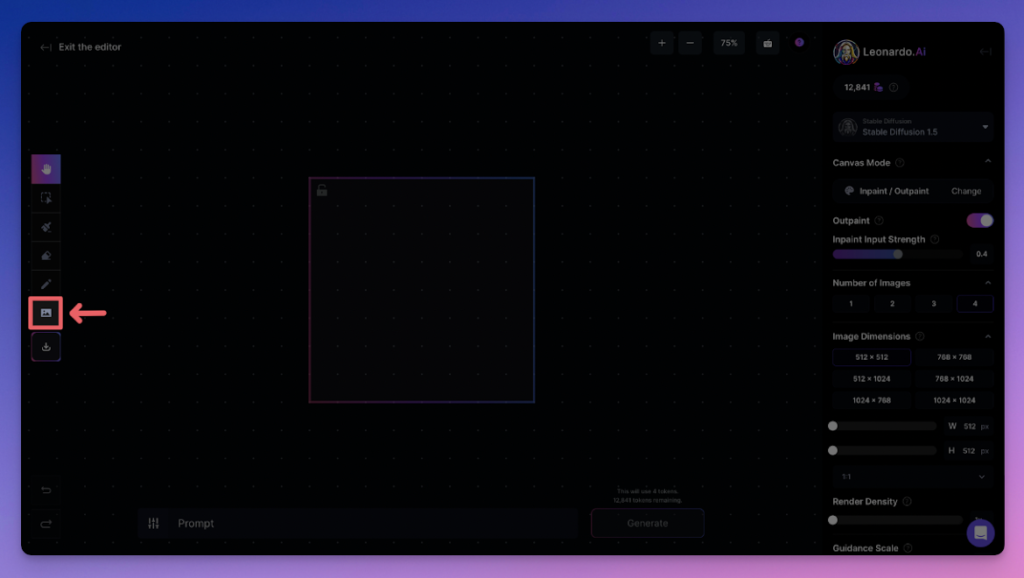In the world of digital design, creativity is fueled by the tools at our disposal. As creators, we are always on the lookout for software that allows us to express our ideas with ease and precision. One such powerful tool making waves in the design community is Canvas V2, an upgraded version of a popular graphic platform. With its enhanced features and flexibility, mastering Canvas V2 can take your visual creations to the next level. Whether you’re an artist, designer, or simply someone who loves experimenting with visuals, this guide will help you unlock the potential of Canvas V2.
Why Canvas V2?
Before diving into the tips and techniques, it’s important to understand why Canvas V2 has garnered so much attention. The updated interface offers more intuitive controls, new layers of functionality, and a smoother workflow for both beginners and professionals. Whether you’re crafting social media graphics, web designs, or digital art, Canvas V2 empowers users to create stunning visuals efficiently.
The leonardo canvas editor is a particularly standout feature, making it easy for designers to access a wide range of editing options in one place. This feature streamlines the entire process, allowing for seamless manipulation of elements and a real-time preview of how designs come together.
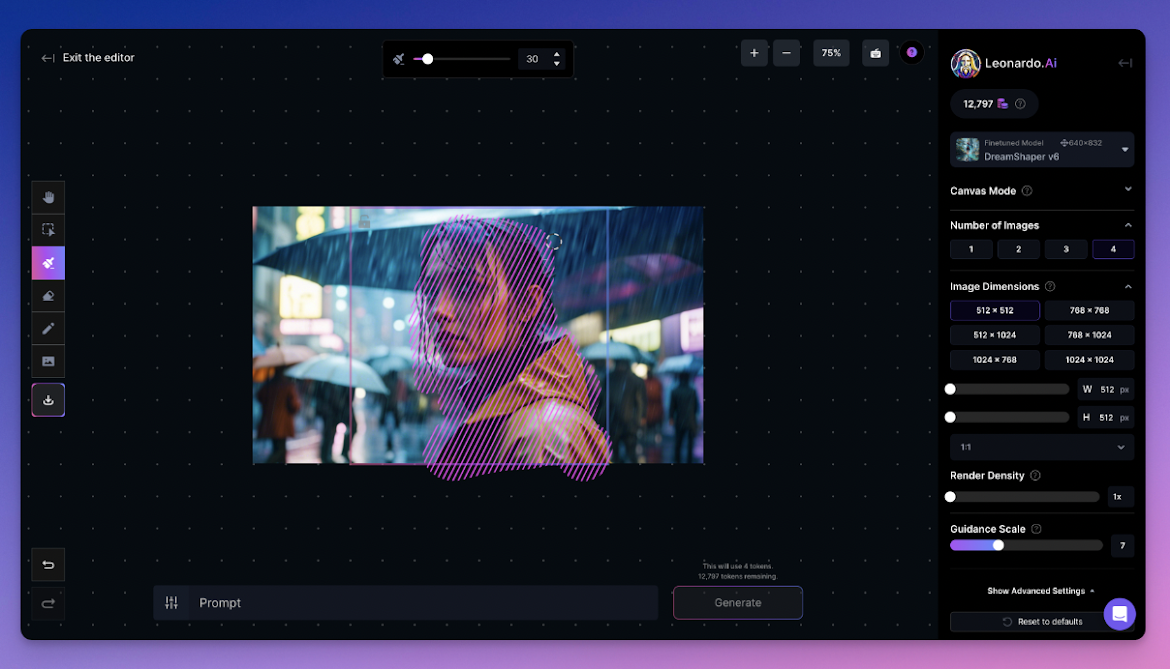
How to Use Canvas V2: Getting Started
Getting started with Canvas V2 is simple and user-friendly. Once you log into the platform, you’ll be greeted with an updated interface that immediately feels familiar yet offers an array of advanced tools.
- Open a New Project: Start by selecting your preferred template size or create a custom canvas. The options are extensive, ranging from social media posts to web design layouts.
- Explore the Toolbar: The left-hand side offers a sleek toolbar where you can access tools such as drawing, text editing, shape insertion, and image uploads. Each tool has been improved in Canvas V2, allowing for faster access and greater precision.
- Layers and Effects: One of the most exciting updates is the improved layering system. You can now stack elements with ease, add effects, and adjust opacity levels more intuitively.
How to Access Canvas Data 2
One question that often arises is how to access the canvas data 2, especially when working on intricate projects or managing large volumes of visual elements. Canvas V2 provides a straightforward method for doing this. Simply navigate to the “Layers” panel on the right, where all your data (such as images, vectors, text, and shapes) is stored. This allows for efficient management and retrieval of each element. The leonardo canvas editor makes navigating through the data seamless, with easy-to-read labels and preview icons.
If you need to adjust specific elements, you can either lock certain layers or make them visible/invisible as needed. The ability to handle complex data so effectively ensures that no matter how large or detailed your design is, you can manage it effortlessly.
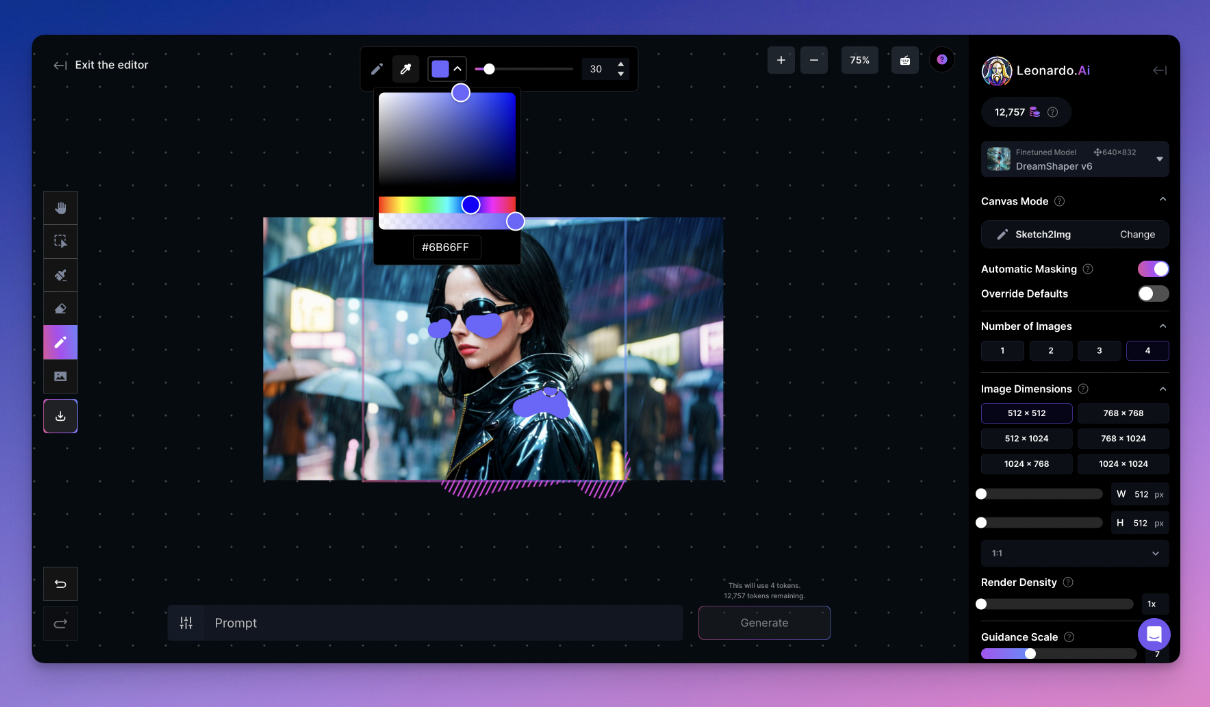
Advanced Features of Canvas V2
Now that we’ve covered the basics, let’s explore the advanced features that make Canvas V2 stand out:
- Brush Customization: Artists will love the ability to create custom brushes. Whether you want to mimic a traditional painting style or experiment with new textures, Canvas V2 lets you tailor your tools to fit your creative vision.
- Vector Editing: Unlike many platforms that restrict vector manipulation, Canvas V2 allows for precise vector editing. You can resize, stretch, and manipulate shapes without losing quality, making it perfect for creating logos or scalable designs.
- Real-Time Collaboration: If you work in teams, this is a game-changer. Canvas V2 enables real-time collaboration, where multiple users can work on the same design simultaneously. You can easily share your canvas data 2 with colleagues and make adjustments in real-time, speeding up workflows significantly.
- Exporting Flexibility: Canvas V2 offers more export options than its predecessor. Whether you need high-resolution images for print or web-optimized files for digital platforms, Canvas V2 provides the flexibility to export in various formats, ensuring your work looks great in any medium.
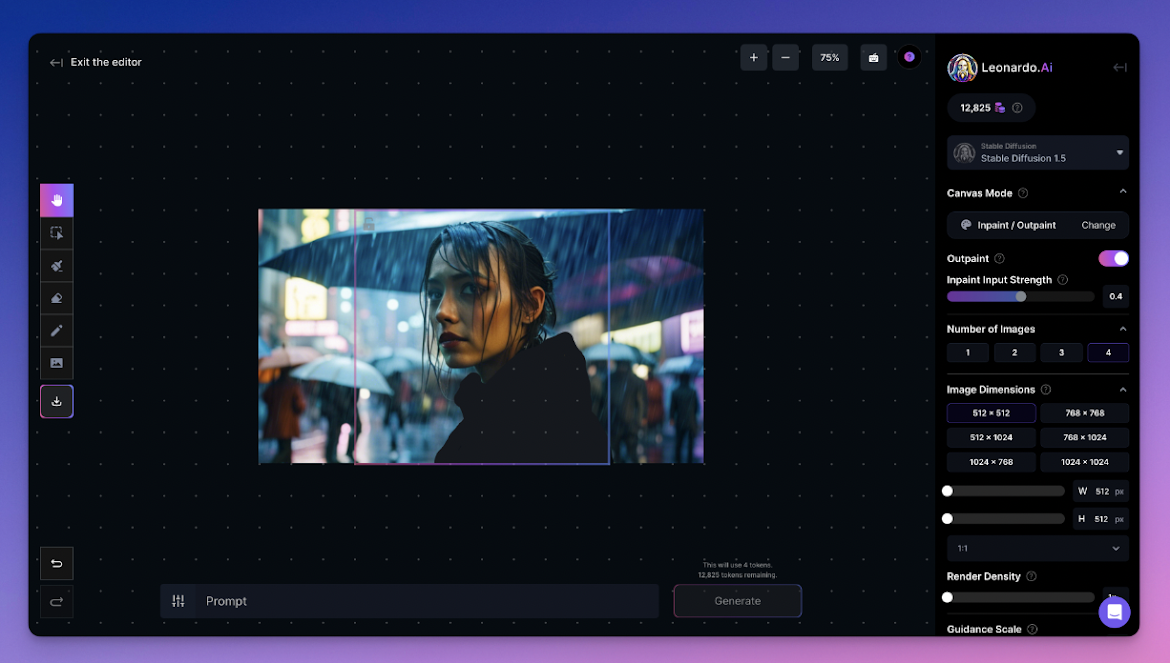
Tips for Mastering Canvas V2
Here are a few pro tips to help you fully master Canvas V2 and make the most out of its incredible features:
- Learn Shortcuts: Familiarize yourself with keyboard shortcuts for actions like undo, redo, zoom, and more. This can significantly speed up your design process.
- Use Grid and Guidelines: For precise layouts, use the grid and guidelines feature. This helps in aligning elements perfectly and ensures that your design remains clean and professional.
- Experiment with Filters: Don’t be afraid to explore the range of filters in the leonardo canvas editor. Filters can add a unique touch to your designs, whether you’re going for a vintage look, a high-contrast finish, or something entirely new.
- Stay Organized: As you work with multiple layers and elements, keep your canvas organized by labeling your layers and grouping them when necessary. This will help you avoid confusion, especially when working on large projects.
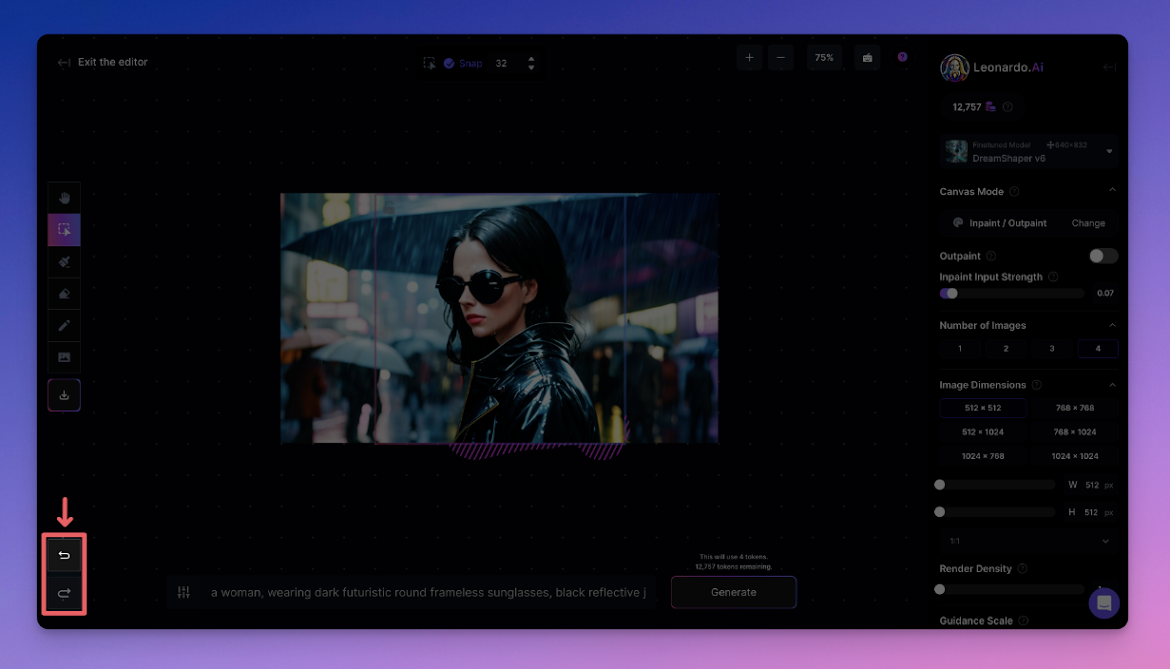
Conclusion
Canvas V2 is a powerful tool for anyone looking to create stunning visuals with ease. With its enhanced features, including the leonardo canvas editor, real-time collaboration, and advanced vector editing, this platform stands out as a must-have for modern designers. Whether you’re new to digital design or a seasoned professional, mastering Canvas V2 will unlock your creative potential like never before. So dive in, experiment with its tools, and unleash your creativity!


